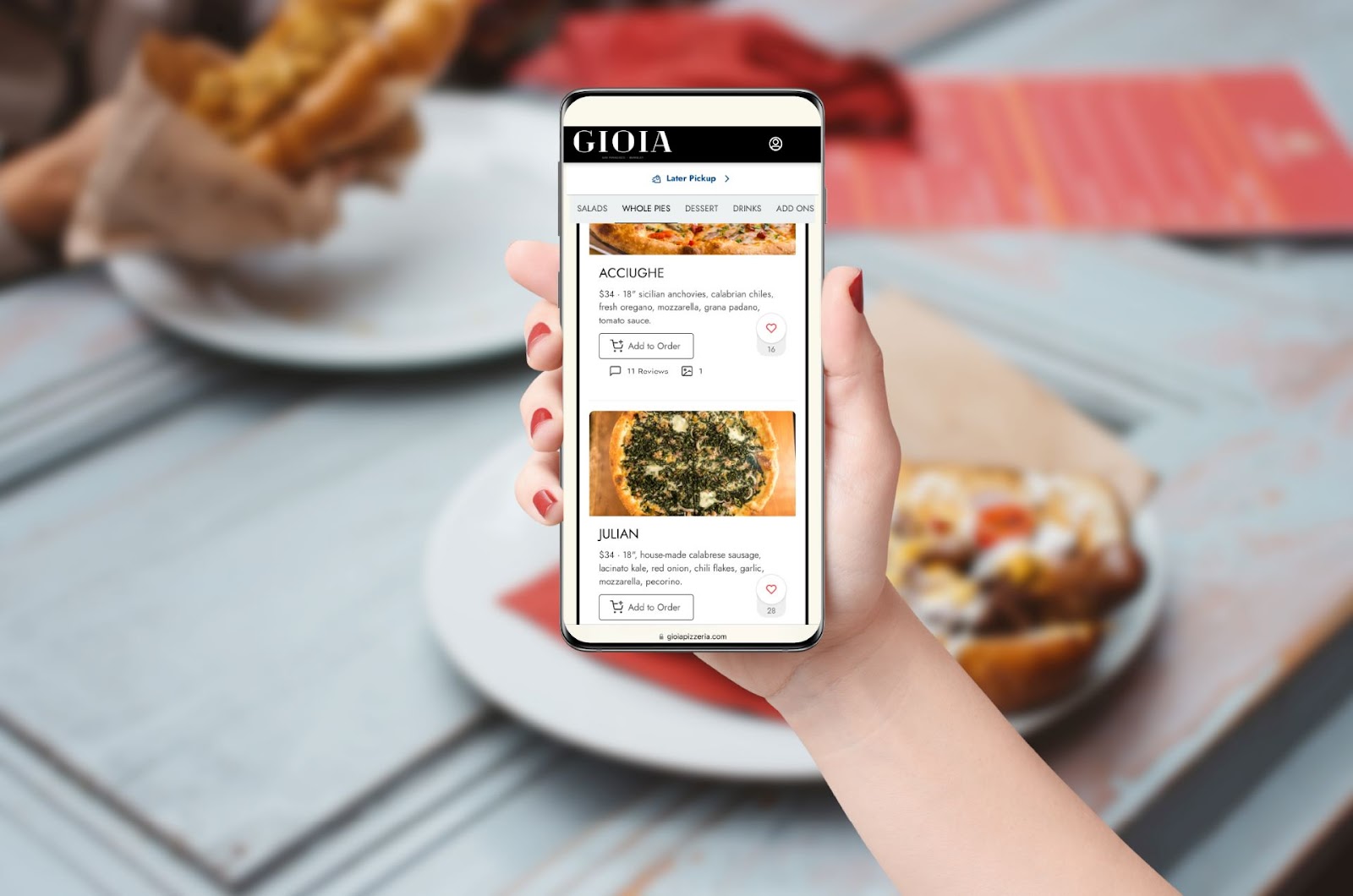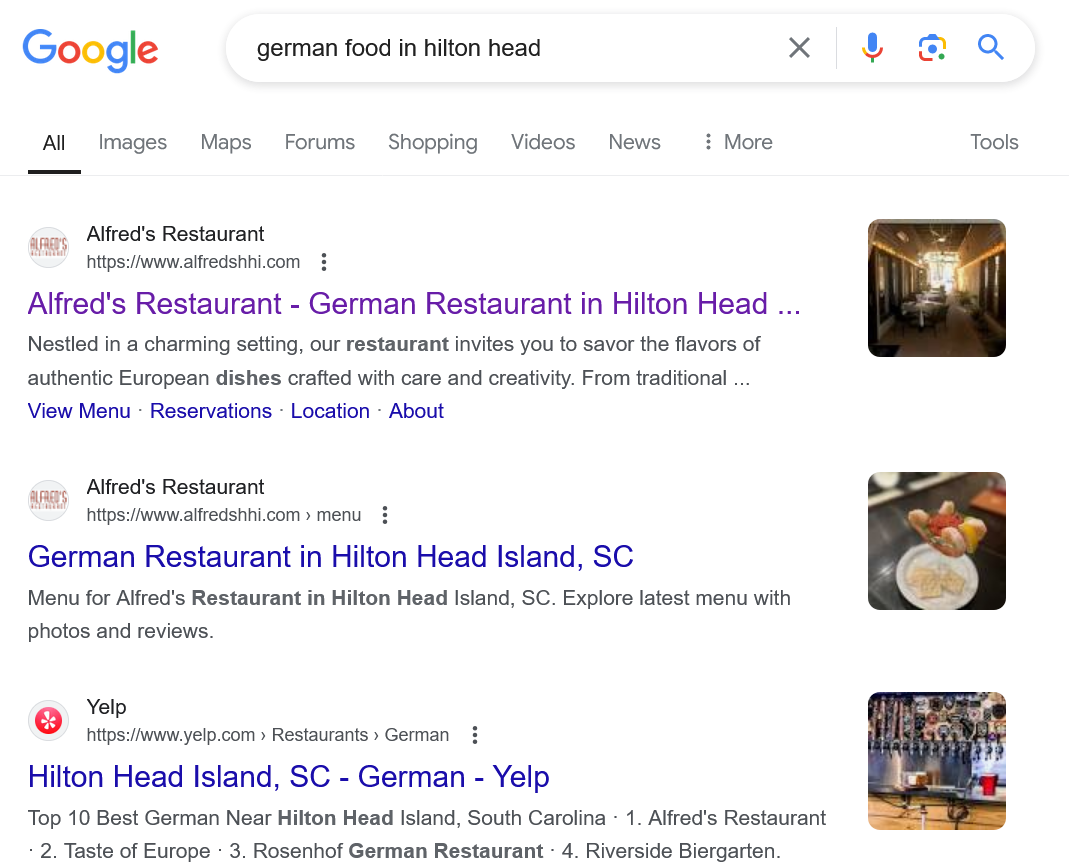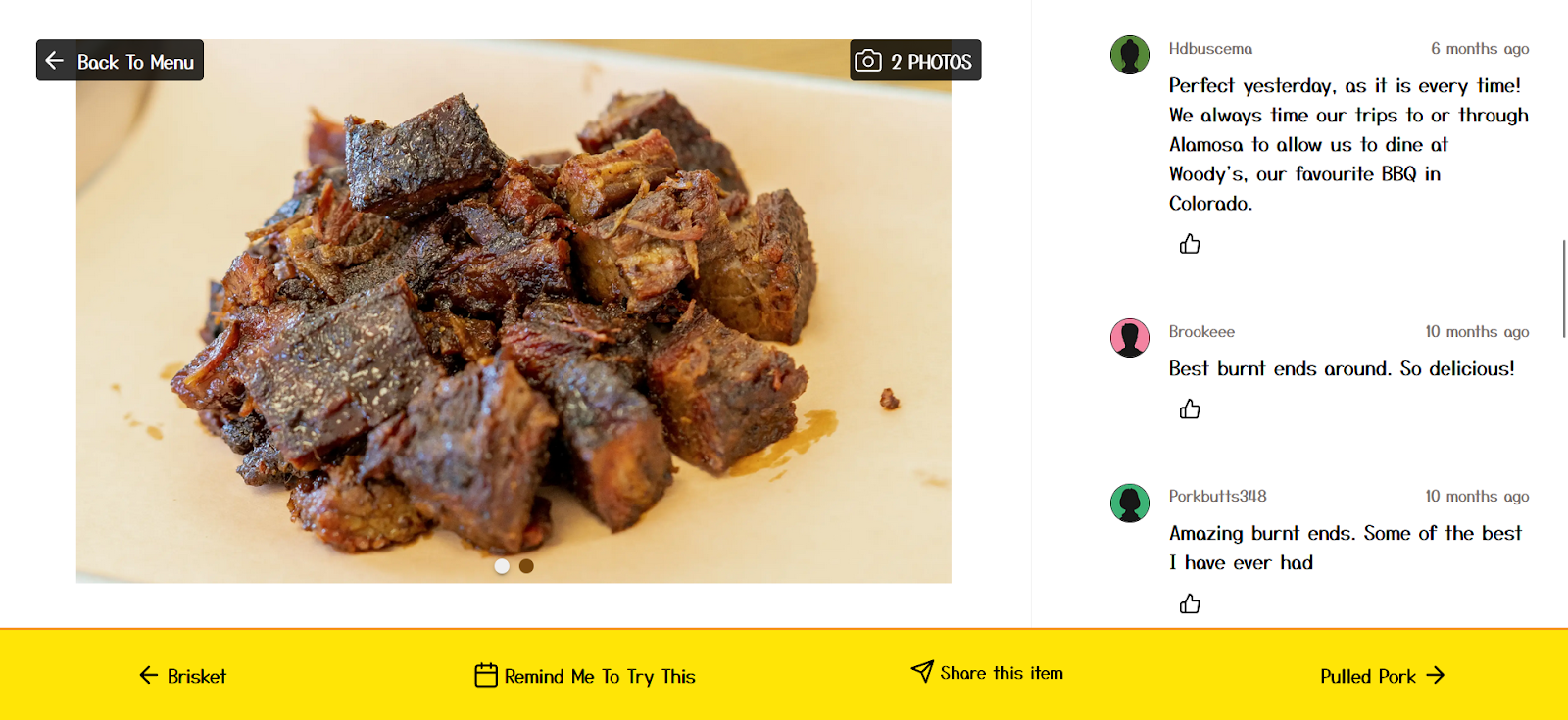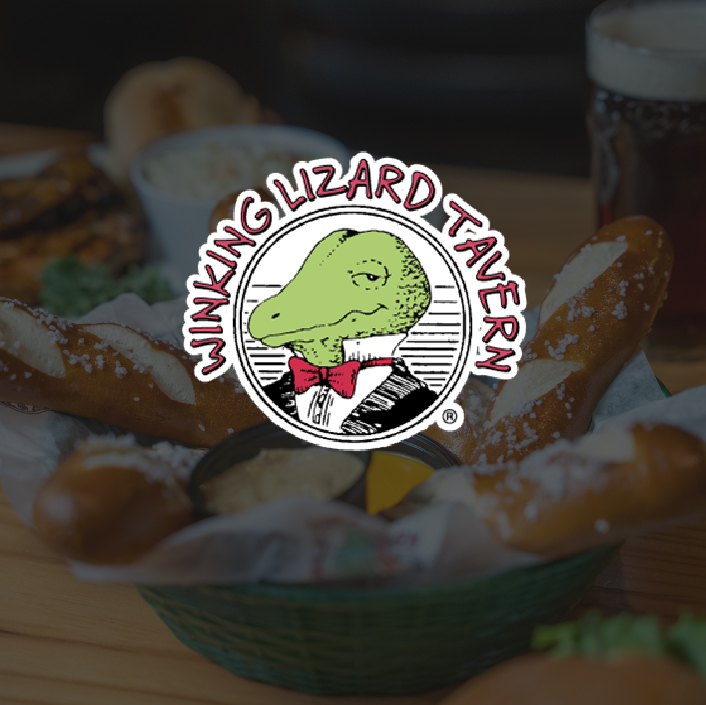
Why online menus are your restaurant's best marketing tool

With over 62% of consumers turning to Google to discover new restaurants, it’s never been more necessary to create an online experience with menus that entice guests and help your restaurant stand out. Your food is your strongest differentiator, and making it easily accessible to prospective guests is key to attracting new customers. However, not all online menus are created equal.
PDF menus, long relied upon by restaurants, no longer meet current guest expectations. In fact, half of consumers are more likely to seek out a different restaurant if they encounter a PDF menu on your website. That’s why many establishments have turned to dynamic, interactive menus. These menus feature dish photos and reviews from other guests and are optimized for mobile devices, providing a pleasant browsing experience for your customers.

Dynamic menus not only enhance the dining experience but also serve as a powerful marketing tool by driving sales, increasing exposure, and fostering long-lasting relationships with guests. Read on to discover how online menus can transform your restaurant's marketing strategy.
1. Optimizing your online presence with dynamic menus
If you want to get more eyeballs on your meatballs (or whatever delicious dishes you serve), dynamic, online menus can be the key to success. With these menus, each dish gets a unique URL, creating more opportunities for search engines like Google to serve guests as they search for somewhere to eat. On average, restaurants see a 30% increase in organic traffic by using dynamic menus.

“Getting a website and appearing on Google has helped a lot, especially when appealing to younger demographics. We’ve had some folks who have been vacationing in Hilton Head since 1980 just finding us for the first time.”
Linda Prosser | Co-owner, Alfred’s Restaurant
2. Harnessing the power of photos and reviews
Consumers are always looking for more information before they make a purchase, especially when it comes to deciding on where to eat. From delectable photos to likes and reviews, online menus provide diners with essential details to help them make that decision. Plus, photos on your menu can lead to increased sales and customer engagement. For Popmenu customers, menu items featuring photos receive twice the online orders and four times the reviews compared to menu items without.
What’s more? Online menus serve as a platform to showcase reviews, a critical factor guests consider when choosing to dine at a restaurant. By hosting reviews directly on your menu, you can showcase positive reviews to other customers and privately respond to negative feedback—ensuring issues are addressed without serving as negative press.
Another advantage of online menus is their ability to facilitate online ordering directly from your website, eliminating the need for guests to redirect to a third-party ordering platform.

“People want simplicity and convenience in their lives. With [dynamic menus], customers can see pictures and descriptions of the food, place the order, then walk into our restaurant to see the food waiting for them with their name on it, and walk back out – it's simplicity and convenience defined. I honestly don't know why any restaurant wouldn't be using [online ordering] at this time."
Kyle Woodward | Owner, Woody’s Q Shack
3. Building loyalty and retention through personalized communication
Any time guests interact with a dynamic menu—whether by liking a dish, leaving a review, or placing an online order—they're prompted to provide their contact information. This data is crucial to build your restaurant’s contact list as it allows you to send targeted emails and SMS messages to their customers. Beyond driving repeat orders, personalized communication enhances the overall guest experience by offering exclusive offers, birthday rewards, and special event invitations tailored to individual preferences.

Ready to elevate your restaurant's online menus? Schedule a free demo with one of our experts today to discover how Popmenu can transform your restaurant's digital strategy and help you achieve your business goals.





.jpeg)






